What is andagu?

A small Pagan andagu stele with scenes of the Eight Great Events on Buddha’s life, produced in the 12th or 13th Century. Click on image to enlarge.
Dear friends,
I have always loved art, especially Buddhist artwork which depicts the enlightened beings. Art is a way of capturing concepts, thoughts and understanding in a visual way. It can be very personal, in that it expresses how the artist feels or views something, or it can be made with a purpose, for example to beautify an environment, to capture visually what is written in a text, or as a meditational aid. Spiritual art in Buddhism is usually used as a meditational aid, and also by devotees to express their faith and devotion so it can be very personal.
Therefore wherever Buddhism has gone, practitioners from those different regions have produced images of the enlightened beings according to what they are familiar with seeing, or how they are used to venerating or commemorating holy and enlightened minds. As such, Buddhist art is normally influenced by the artistic traditions of the local culture. Hence in China, you will see Buddhas created to look more Chinese and they will be quite distinct compared to the Tibetan or Indian styles. In fact, this is the approach I have applied to Dorje Shugden, to produce various artworks of him that will suit different individuals, depending on what culture or environment they are familiar with.

The same Buddha Shakyamuni as viewed through the lens of different artists from different cultures around the world. This is how regional artistic traditions can have an impact on the depiction of Buddhas. Furthermore, even within the same country or region, how the enlightened beings are depicted will change through the ages. Click on image to enlarge.
So like that, the Myanmarese style of Buddhist art will be distinct from other countries’ manner of depicting the Buddhas. Recently, I came across this interesting study done on the Buddhist artistic traditions of Myanmar which I thought to share with you all. It is a very detailed paper, with many descriptions of iconography and it covers the Pagan (or Bagan) area of Myanmar. From the 9th to 13th Centuries, Pagan was the capital of the Pagan Kingdom and basically the precursor of the modern Myanmar state. At the kingdom’s height (from 1044 to 1287), over 10,000 Buddhist temples, pagodas and monasteries were constructed in the Pagan plains alone. Think of how many practitioners since then would have sat there and meditated and practised and gained some kind of realisations. I am sure there were many, many meditators like that. How blessed, and also how fortunate for the people who constructed and sponsored so many places where Dharma could flourish and be practised. It is for certain that they generated a tremendous amount of merit.
Today, Pagan is a designated UNESCO World Heritage Site because over 2,200 of these ancient temples and pagodas still survive. The Pagan plains, by the way, are only 104 square kilometres so you can imagine how the landscape must have looked with so many monasteries, temples and stupas. The city itself must have been teeming with artisans, carvers, painters and sculptors all working on these holy sites. After all, if people were building the temples and monasteries, there had to be other people creating the Buddha images to be enshrined within.

This is Pagan (or Bagan) today. Imagine what it must have looked like in its heyday with over 10,000 monasteries, temples and stupas, each filled with images of enlightened beings. The area must have been filled with holy sangha, artists, carvers, sculptors, meditators, devotees. Wow.
That is what this paper explores, which is the Myanmarese artistic tradition that although is similar to neighbouring Thailand, Vietnam, Cambodia and Laos, is also distinct on its own. In particular, the paper focuses on the use of a particular type of stone, a yellow-beige pyrophyllite known as andagu in Myanmarese, for carving small images that were rarely larger than 30cm. These small images typically depict scenes from the Buddha’s life and it is thought that the tradition of this iconography originated from the ancient Indian kingdom of Magadha (modern-day Bihar state in India).
I hope that you will read it and expand your knowledge and interest in different forms of art of a spiritual nature, especially those which are influenced by the various cultures and countries that it has spread to.
Sarva mangalam,
Tsem Rinpoche
New Documents of Burmese Sculpture, Unpublished ‘Andagu’ Images
By: Claudine Bautze-Picron
The Context: Sculpture During the Pagan Period
The rich iconographic ornamentation of murals that covers the inner walls of the religious monuments built in the plain of Pagan between the 11th and 13th century cannot let forget that artists also practiced their craft in producing various types of carvings which were distributed in very specific locations within and without the monuments. Decorative stucco carvings adorn the outer walls. Rows of terracotta plaques depicting Jåtakas (births, i.e. previous lives of the Buddha) are distributed on terraces or in galleries belonging to square monuments, such as the Ananda (or Nanda), the Shwezigon or the Hpet-leik.
Made of bricks under a stucco coating which was painted, images often of a very imposing size were constructed in most shrines showing the Buddha who displays the Bhumisparsha mudrå (Earth touching gesture); the same technique was also used for door-guardians who could flank the entrance to the shrine. Very tall wooden images, nearly 10 meters high, of the Buddhas of the Past were erected in the four wings of the Ananda, and similar ones, but cast and measuring c. 4 meters in height, stand in the four small temples flanking the Shwezigon.
Smaller wooden and metal carvings were also found, probably aimed at standing on an altar in front of the cult image or at being hidden in the relic chamber. Among the wooden images, attention should be paid to a group of bejeweled Buddhas, whose identity has been an object of discussion, and who are all shown standing, the right hand displaying the Varada mudrå (gesture of gift) and the left one put on the chest while holding the extremity of the dress. Whereas most metal images have been stray finds made in fields, mounds or ruined temples, some were actually recovered from the relic-chamber of a shrine or of a Stupa or found even standing in a shrine.
Stone has not been apparently used for the carving of cult images, but was retained for the production of series of large sculptures inserted in niches and depicting either the Buddhas of the Past (in the Naga-yon), or the life of Shakyamuni (in the Ananda and the Kyauk-ku-umin). A particular type of stone, a yellow-beige pyrophyllite known as Andagu in Burmese, was also introduced for the carving of rather small images, rarely exceeding 30 cm. Like the cast images, most of those found at Pagan or in Burma are stray finds, and were only rarely discovered in a relic chamber.
THE ANDAGU IMAGES

This andagu image from 12th or 13th Century Pagan represents eight scenes from the life of the Buddha around a central figure of the Buddha Shakyamuni. Click on image to enlarge.
Around 50 of those andagu images or fragments of images have been up to now brought to the notice of art-historians. They, i.e. those among them which can be considered to be of a Burmese produce, have definitely contributed to our knowledge of the sculptural art at Pagan, forming a very specific group characterized by its iconography which finds in Pagan an echo in some monuments of the late 11th or early 12th century, the best and most well-known example being observed in the Loka-hteik-pan.10) In those monuments, the stucco image of the shrine (with Bhumisparsha Mudra, i.e. symbolizing the Enlightenment) and the murals painted on the wall behind this image (and illustrating seven further events of the Buddha’s life) are combined in a single composition.
The andagu images form indeed a homogenous group, sharing one single iconography, viz. the depiction of a number of scenes drawn from the Buddha’s life which are organized according to a fixed pattern: around the central depiction of the Enlightenment, seven further scenes are distributed in a row illustrating the further seven main events of the biography, to which can be added a second concentric row showing six of the seven stations followed by Shakyamuni in Bodhgaya once he had become a Buddha. As shown in a previous publication, the original concept of this iconography with the central image surrounded by seven further ones is to be traced in Magadha (Bihar), probably in the region of Nalanda where a large number of images reproducing the eight major events of the Buddha’s life have been produced from the 8th century and onwards.
Known by art-historians since a long time already, such small images, together with a few more carved in the typical dark-grey, almost black stone of Bihar/Bengal, have been discovered in a wide area spread over North India, Sri Lanka, Tibet and Burma. Due to the fact that a group of fairly well preserved examples was initially collected at Pagan, it has generally been assumed that these sculptures must have been produced in Burma, more particularly at Pagan whereas examples recovered in India or Sri Lanka remained isolated in the context of their findings and whereas the images observed in Tibetan monasteries were clearly imported from countries located in the south of the Himalaya. However, this pyrophyllite has also been used in Bihar and Bengal to illustrate other iconographic types, they may be Buddhist or even Brahmanical, and subtle stylistic variances reveal conspicuously different geographical origins.
The idea of carving small images, which can be easily transported and are not necessarily aimed at being venerated in a main local shrine, might have arisen at Bodhgaya, an important international centre at that time, as it is again today, a place which pilgrims from all over the Asian countries used to visit. This production included not only images of the Buddha but also models of the Bodhi Temple. The particular use of the andagu was, moreover, probably promoted by its color and its soft polished surface reminding of ivory which had been traditionally used in India for carving images of small size.
This has been, here summarized in its broad lines, the state of research concerning the andaguimages up to now. However, the recent discovery in Myanmar of a group of small sculptures all carved in pyrophyllite forces us to review and to enlarge this knowledge. What differentiates these images from the material heretofore collected is the stylistic unity which they reflect, and the diversity of iconographic sub-types which they illustrate (being given that the Buddha Statues constitute a type, subdivided into sub-types according to the gestures and attitudes of the Buddha).
A fairly large number of these images bear inscriptions distributed in the lower part, i.e. on the front or/and sides of the pedestal, on the lower surface of the sculpture, or on the back. While the work of deciphering these inscriptions is still in progress, one cannot exclude the possibility that some reproduce yantras similar to those integrated in Buddha images of North Thailand. These inscriptions can be incised in a frame clearly shaped or drawn on the un-carved surface of the lotus pedestal: as a matter of fact, in the seven images of the seated Buddha which are carved in the round, the lotus-seat is not represented all around, but a plain space of varying width is reserved in the central part of the lotus in the back of the image, probably aimed at bearing an inscription, as seen on one example noting that none of them bears an inscription in any other place. A more elaborated inscription is incised on a ribbed arch-shaped panel which is inserted in the back of the lotus base of a standing Buddha image.
Moreover, images can be composed of various parts: the central image of the Buddha is then carved separately before being inserted in the base, in the frame constituted by Mucilinda’s body or in the four niches distributed around a quadrangular shrine, using here apparently two different types of stone? such a composition traces its origin at Bodhgaya where votive stupas of large size integrate in their four main niches independent slabs depicting various moments of Shakyamuni’s life.
These images share the same structure which traces also its source in India, most probably in the region of Magadha as far as the Burmese carvings are concerned. The Buddha Image leans against a back-slab and sits/stands above a lotus lying above a plain pedestal; the back of the image can be smooth or remains unpolished. Like in India, in the 11th and 12th centuries, an opening can be carved through in the back, allowing seeing the Buddha’s back. A number of images are carved in the round, which lets suggest that they might have been part of a composition as mentioned above.
Beside the fact that these images reflect a very high level of quality, letting surmise that they were produced for a major donor and/or were aimed at being preserved within a major religious institution, they also share the particularity of being, most of them, extremely well preserved, suggesting that they remained hidden in a relic chamber throughout the centuries. Moreover, they still bear remains of earth of which they smell.
STYLE
From the end of the 11th century and onwards, Pagan became also a place of international importance, which resulted, for instance, in the diffusion of the short neck Buddha, a stylistic model most probably created in Pagan, in far away regions, such as Khara Koto. As a matter of fact, I would suggest that this model initially appeared in the stuccoes images of the shrines, and resulted from the particular technique which had been used: images were actually constructed in bricks, and presented thus a massive structure. However, images erected this way in the temples dated around AD 1100 which betray a very strong Indian impact, do not yet present the chin pressed down in the gorge which results in hiding the neck although they are rounder than the Indian contemporary testimonies, a feature that will be emphasized in the following centuries. Similarly, the wooden, metal or/and stone images distributed in the Shwezigon, Ananda, Naga-yon and Kyauk-ku-umin, as well as all Andagu images studied in the present paper, show the head with pointed chin clearly put above the neck adorned with three incised lines. As to the short neck Buddha which is encountered in sculpture (stucco images in shrines; andagu and cast images) and in the murals of the site, it emerged in the course of the 12th century as a local development.
Most images of the group under review show the pointed chin and an elongated face which is slightly bent downwards. The thin eyes are half-closed or closed, and the eye-brows form a continuous incised line which is only but very slightly curved as a bow; eyes and eye-brows stretch from one temple to the other. The philtrum is indicated through a deep incised line. The nostrils are open with two curved deeply incised lines showing the alar creases; the pointed nose is clearly drawn through straight lines, and, when seen in profile, is straight with its tip rounded or slightly curved. The lower lip is thick, the upper one very thin; their corners are drawn upwards. Seen from the front, the lines of the upper lips and of the eye-brows can be parallel; or the lower full lip can follow the line of the pointed chin. Moreover, the eyeballs are directed downwards, hidden by the upper lid, which makes them practically invisible when seen from the front and possibly creates a thick dark line. The hairline is bow-shaped and parallel to the eyebrows.
Whereas some images show a plain surface, tiny squares usually replace the curls of the hair. They are regularly distributed, forming for instance a band which runs along the hairline whereas further concentric rows are drawn around the cranial protuberance. This protuberance arises at the back of the upper part of the skull and is in line with the back of the skull. A plain flame or jewel tops the Usnisa which, as seen from the side, is slightly curved towards the front.
The shoulders are broad and falling, the waist narrow and, when looked at from the side, the chest is powerfully swollen. The arms and legs are smoothly modeled without any indication of musculature. The hands are usually carved completely flat without any curving of the fingers. When displayed in Dhyana Mudra, the hands show fingers of same length; similarly, the toes can be of the same size in the case of standing images and follow otherwise a very straight line.
The polished surface of the images makes them very smooth to the hand. The image and its setting form a harmonious and elegant composition; the lines never show acute angles but follow sinuous movements, in particular in the standing images, enhancing the shape of the body in front of the dress falling straight around and behind it. The deep carving creates a thick shadow around the body. A strong tendency towards strict symmetry is also noticed: considering the standing images displaying the Abhaya Mudra (gesture of fearlessness), for instance, indicates how both hands are practically at the same level, a feature unknown in India at that period. A great care has been given to the carving of the details, in particularly the rendering of trees, of Mucilinda’s multiple bodies, of the skeleton and sinews of the emaciated Buddha, of his head-dress, his beard, his hair.
These images share a number of features with the sculptures in the Ananda. The back-slab is carved with the motif of the nimbus lying above the rectangular back of a throne, reproducing a composition borrowed from India. The nimbus, often adorned with a row of pearls, is usually flanked by two Hansas or geese whose tails form volutes framing it, more rarely by two volutes. The lintel of the throne includes one or two sets of moldings lying above two flat pillars. The aura made of two rows of beads and flames is likewise encountered in the Ananda sculptures. Their elongated features compare also to the same elements in the Ananda whereas the faces tend to more roundness and the body becomes more robust and heavy in the Naga-yon, a tendency that is still rarely observed among the andagu under survey (Fig. 19).
ICONOGRAPHY
As shortly evoked above, the images of this group introduce iconographic types, i.e. subtypes, not present in the already known corpus of Andagu images. Thus we list:
a) Single images
- Images in Padmasana (position of the lotus, i.e. crossed legs) displaying the Bhumisparsha mudra: seven lean against a back slab, three are free-standing.
- Images in Padmasana displaying the Dhyana mudra (gesture of meditation, i.e. hands in supination): three lean against a back slab, two are free-standing, two sit below Mucilinda, one sits below a tree.
- Two images of the Buddha as an emaciated ascetic seated in Padmasana and displaying theDhyana mudra, leaning against a back-slab (BAUTZE-PICRON forthcoming).
- One image of the Buddha in Padmasana, left hand in supination, right hand put around his alms bowl, free-standing. The position of the hands is mirror-reversed when compared to the carvings in the Ananda (the same is noticed on the image of the standing bejeweled Buddha on).
- One image in Padmasana and displaying the Dharmachakrapravartana mudra (gesture of the turning of the wheel of the law) against a back-slab.
- Two images in Pralambasana (position of legs falling, i.e. in the European way), hands in suspiration holding the alms bowl, both leaning against a back slab.
- Two free-standing images, displaying the Abhaya mudra while holding the extremity of the dress in the left hand; another such image is included in the shrine of Fig. 23.
- One free-standing image displaying the Dharmachakra Pravartana mudra.
- One standing image leaning against a back-slab, with the left hand put on the chest near the heart, the right hand falling along the body, in a probable attitude of walking; another similar image is included in the shrine seen on.
b) Composition
- Standing Buddha in a niche showing the Abhaya Mudra, flanked by two tiny images showing him meditating below Mucilinda and seated in Pralambasana, hands in supination and holding the alms bowl; two human devotees in the lower part, two semi-divine figures flying in the upper part of the image.
- Two images showing the eight scenes models.
- One image showing the eight scenes and seven stations model, and adding to it the topic of the last ten jåtakas on the pedestal.
- Three images illustrating events: the birth, the descent from the heaven of the 33 gods, and the last look at Vesali linked to the taming of the wild elephant Nålågiri; it is possible that these images were part of a larger composition.
- Two images showing the Bhumisparsha mudra: one as an independent carving where the Buddha sits below an arch and is flanked by four attending figures (two among them are clearly devotees) and one which was part of a larger composition where the Buddha sits below a tree and is worshipped by four monks.
c) Bejeweled Buddha
- Two images of the Buddha seated in Padmasana and displaying the Bhumisparsha mudra, leaning against a back-slab.
- One seated in Padmasana, with hands in supination holding the alms bowl.
- One standing with the right hand lying on the chest, left hand falling at the side. Numerous wood carvings have been recovered in Pagan illustrating this iconography, but with the reversed position of the hands, i.e. the left hand lies flat on the heart.
- One seated in Padmasana, showing the Bhumisparsha Mudra flanked by two standing bejeweled Buddhas, with either the left or the right hand on the chest (and the other hand falling at the side of the body).
- One seated in Padmasana, displaying the Dhyana mudra, attended by two monks with hands folded in front of the chest.
- One eight scenes image with the bejeweled Buddha only in the central scene.
- One standing image showing the Varada mudra and flanked by two monks with hands folded in front of the chest.
Bejeweled Buddha images are rather rare among the murals of Pagan where they present theBhumisparsha mudra in this context, they relate to images observed in Bihar and Bengal. On the contrary, a group of standing bejeweled Buddhas carved in wood depart from the Indian tradition and appear as a proper Burmese creation; in those images, the Buddha has the right hand falling at his side whereas the left one is put flat on the chest. In the group presently under study, the images reproduce gestures traditionally presented by the Buddha whatever his dress, royal or monarchal, i.e. he calls forward the earth, he meditates, and he gives. A standing image, however, comes closer to the group of wooden carvings; wearing an elaborated girdle with broad beaded arches and loops hanging on both legs, a necklace elegantly knotted in the back and a tiara, the Buddha puts the right hand flat on the chest.
d) Shrine
A particular composition is illustrated by a two-leveled shrine in the four niches of the lower level, free-standing images have been inserted, showing four different sets of Mudras, i.e. Abhaya mudra, Dharmachakrapravartan mudra, falling along the body/lying on the chest (walkingBuddha), both falling on either side of the body. The four niches of the upper level include small slabs showing the Buddha displaying the Dhyana Mudra or the Bhumisparsha Mudra. The shrine is inserted in the pedestal, hiding the Dharmachakra which is carved in the hollow.

A small Pagan andagu stele with scenes of the Eight Great Events on Buddha’s life, produced in the 12th or 13th Century. Click on image to enlarge.
Such compositions were also found in India: most famous is a 12th-century four-faced shrine in pyrophyllite which is preserved in Cleveland. The niches of the lower level integrate the arch pediment encountered in Pagan monuments and introduced also in a group of representations of the Bodhgaya temple carved in Andagu.
CONCLUSION
The images under discussion belong to the early phase of Burmese sculpture, i.e. the end of the 11th century, sharing a number of stylistic similarities with the stone and cast images of the Ananda and Shwezigon. Most of them betray a high level of carving, which lets surmise that they were produced by an atelier which was trained or directed by a master with a great experience, and as suggested above, that they were produced for a major shrine and/or at the order of an important donor. The existence of contacts with Bodhgaya at that period could imply that Burmese artists got acquainted with the carving of stone in this site before returning to Pagan. However, the presence in a few images of specific features, such as the heaviness and robustness of the face and body, announces already the development of the more clearly genuine Burmese style of the 12th and 13th centuries.
The richness of topics which are illustrated relates them also to the iconographic program of the stone images of the Ananda; whereas the presence of elements such as Mucilinda or the alms bowl for instance helps to suggest a rather precise identification of moments of the Buddha’s life, the absence of specific features in most cases cannot let us refuse the possibility of considering the images as depicting further biographical events or at being perhaps included within larger compositions. Moreover, some images introduce topics, such as the last look at Vesali?, which announces later development of the Buddhist iconography in Burma and Thailand.
Although the state of research concerning these Andagu images is still in its initial phase and although they will deserve a more thorough and detailed study, still to come, bearing on their style and iconography, it is evident that they constitute a major discovery in the field of Burmese art history.
For more interesting information:
- Wonderful Myanmar
- Maha Bodhi Ta Htaung, the Thousands Bodhi Tree Monastery – Myanmar
- Beautiful and Unusual Taung Kalat Buddhist Temple in Bagan, Myanmar
- Wonderful Cambodia
- Wonderful Vietnam
- Wonderful Laos
- Wonderful Thailand
- Buddha Images (Free Download)
- Rime Thangkas (Free Download)
- Which Dorje Shugden Style Is Your Favourite?
- The Life Story of the Buddha (Free Download)
- Stunning Paintings of Buddha’s Life Story
- Buddha’s Life Story Beautifully Painted
- Life of Buddha in stunning paintings
Please support us so that we can continue to bring you more Dharma:
If you are in the United States, please note that your offerings and contributions are tax deductible. ~ the tsemrinpoche.com blog team












































































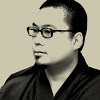










































































































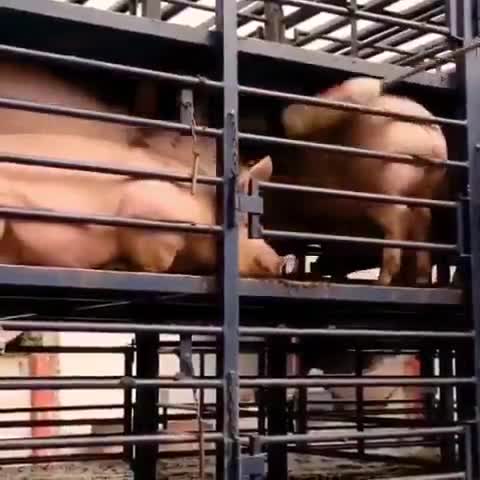
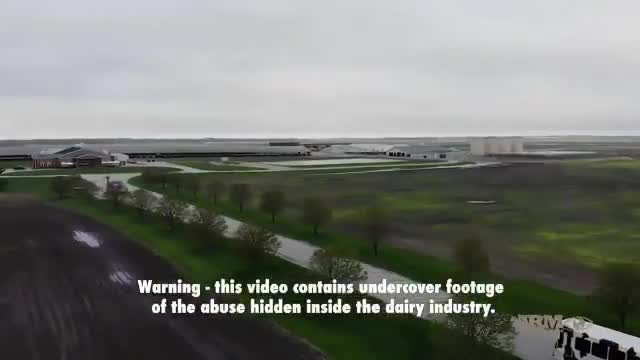


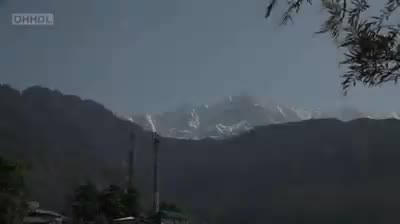
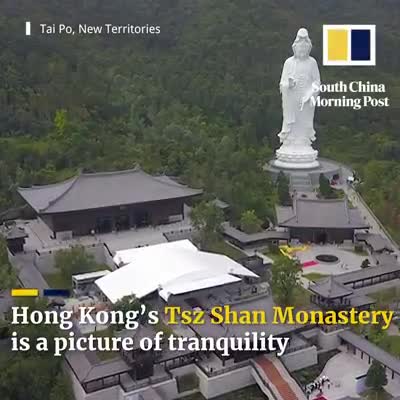





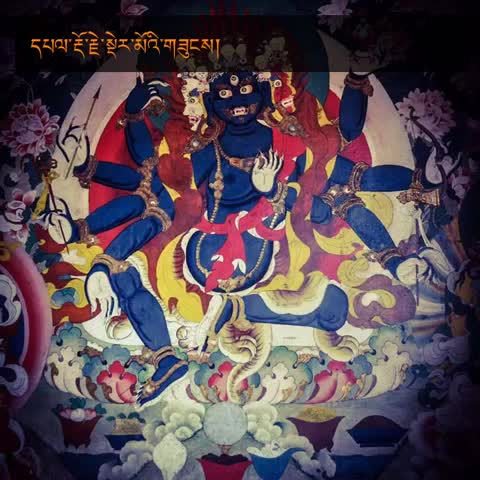
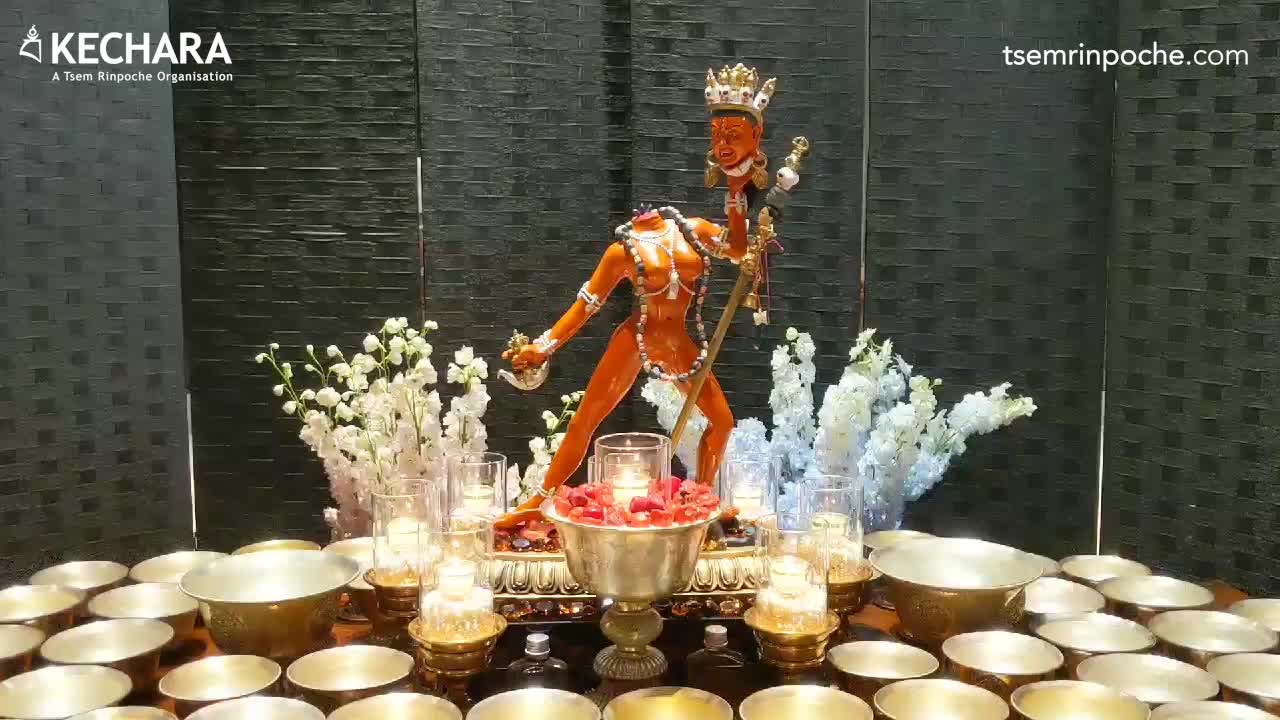


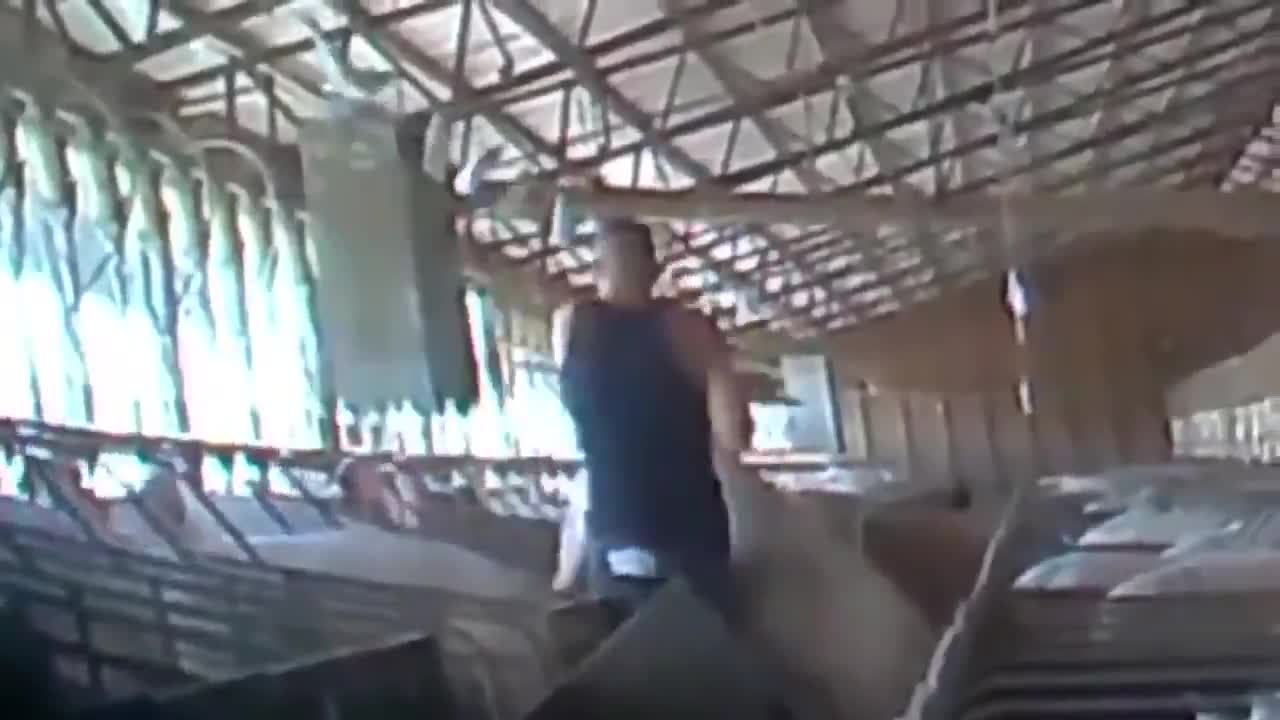

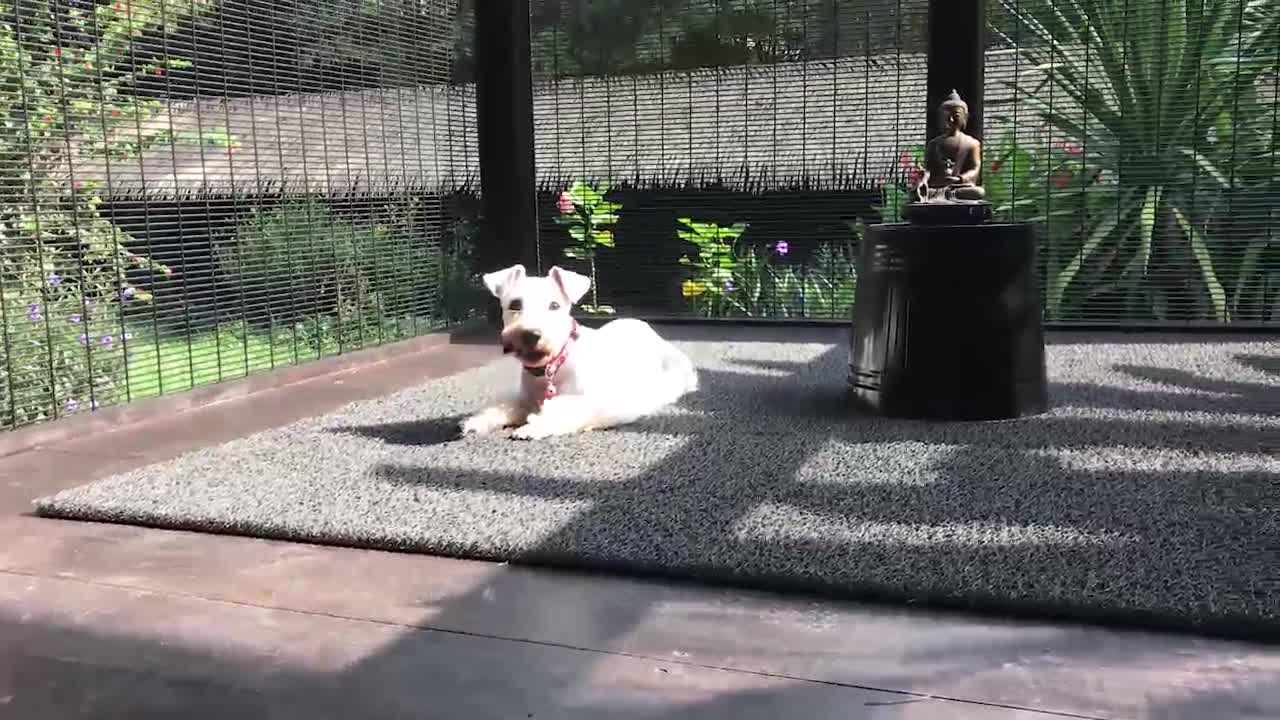
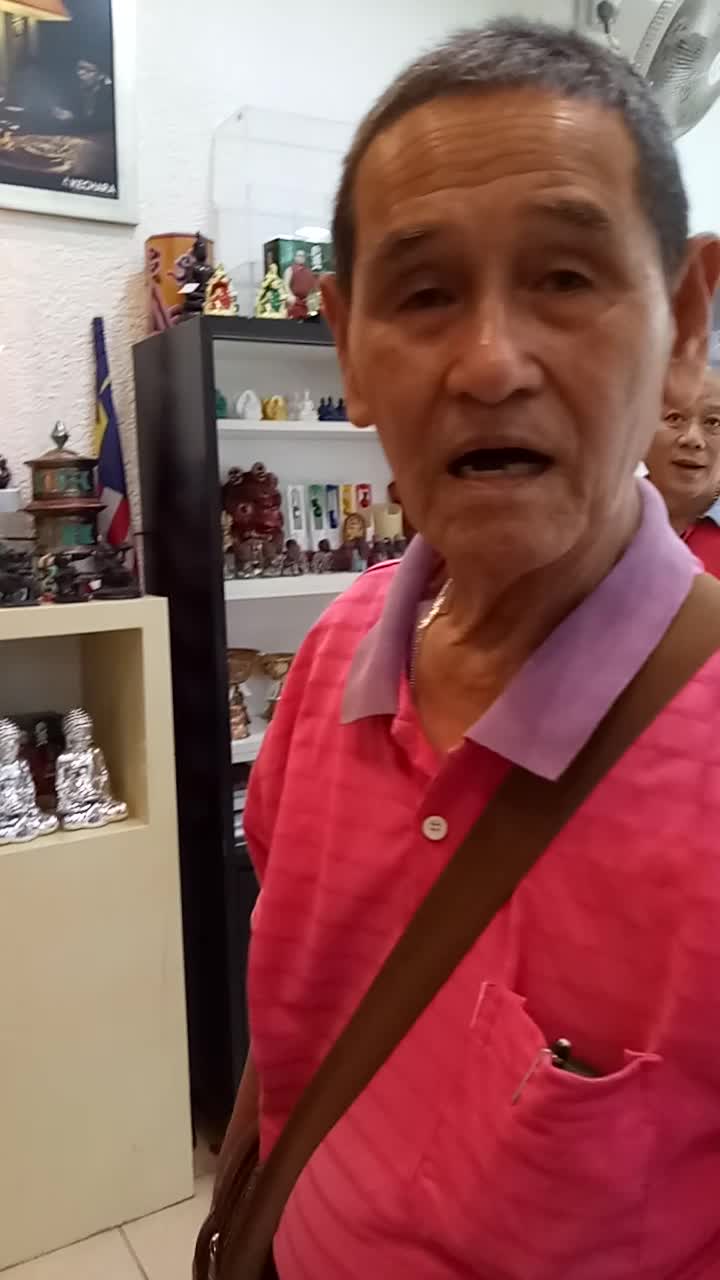







































































Thank you Rinpoche for sharing the andagu form of Buddha images craved in stone.They have very polished surfaces and smooth on the silhouette. At a glance, these images look rather similar to the ones in the stone temples in Gal Vihara, Sri Lanka. But they are not the same when we examine closer. Andagu Buddha images have detailed facial features that are distinctive; for example the eye brow, nostril and the lips. It is truly interesting to learn about the different forms of artistic depiction of Buddha by various cultures.
Interesting article! First time coming across this new word “Andagu”?. Most of the Buddhist art is found in Pagan which was once the capital of the Pagan Kingdom. Pagan has the largest collection of Buddhist temples, monasteries, pagodas, stupas and ruins. Amazing just Pagan alone there are thousands of temples and monasteries, still in relatively good condition even after the 1975 earthquake, where many temples and stupas were damaged. Pagan is now an important pilgrimage centre for Buddhists around the world. It is listed in UNESCO World Heritage Site. Looking at those beautiful holy images cravings tells a thousands words. It must have taken many artisans, carvers, painters and sculptors to construct and working on these holy sites . Thank you Rinpoche and blog team for sharing on history of Buddhist artwork.???
Wow ….first time coming across this new word. ..andagu. Beautiful carvings are extraordinary works of art, depicting in minute detail scenes related to the Buddhas path to Enlightenment. Each different countries have craved a different scared images of enlightened beings in their own cultural traditions . According to what they are familiar with depicting each and every images or styles
One of those fantastic craving will be the Myanmarese style of Buddhist art. Since the mid 11 century CE ago , Buddhist art and architecture began to flourish in Myanmar formally known as Burma. Myanmar Buddhist art is famous for its uniqueness, characteristic and originality. Myanmar has a continuous tradition of Buddhist art from the early centuries of the common era to the present. Most of the Buddhist art is found in Pagan which was once the capital of the Pagan Kingdom. Pagan has the largest collection of Buddhist temples, monasteries, pagodas, stupas and ruins. Amazing just Pagan alone there are thousands of temples and monasteries, still in relatively good condition even after the 1975 earthquake, where many temples and stupas were damaged. Pagan is now an important pilgrimage centre for Buddhists around the world. It is listed in UNESCO World Heritage Site. Looking at those beautiful holy images cravings tells a thousands words. It must have taken many artisans, carvers, painters and sculptors to construct and working on these holy sites .
Wish to visit this place to see the wonders of the pagodas , stupas , temples and so forth.
Thank you Rinpoche for this wonderful sharing.
谢谢仁波切的分享。
佛教虽然是源自印度, 不过当佛教传到世界各地, 各个地方的佛教徒都会依据自己的文化为佛塑造佛像。
这次学到的就是缅甸的 Andagu 式的佛像, 很特殊的造像方式, 都是用石雕, 雕工精细,而且经得起时间的考验, 到现在很多这些佛像都还保存完好。
照片中的Bagan 看起来非常壮观, 保持得相对完整, 不难相像当时繁荣的、充满佛法的Pagan 王国。
希望有一天也有机会可以到访这里, 感受一下当时壮丽的Pagan佛法王国。
谢谢